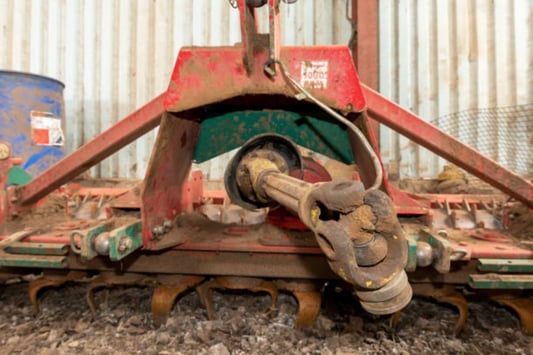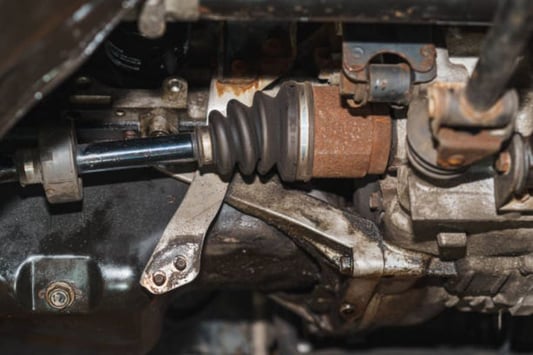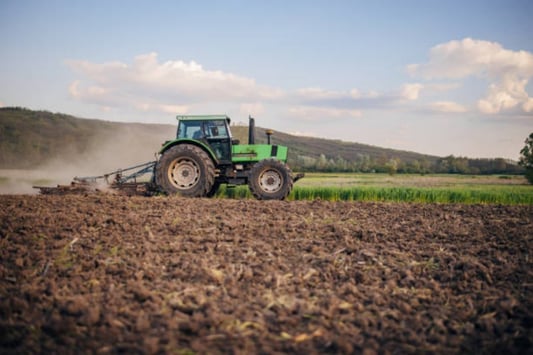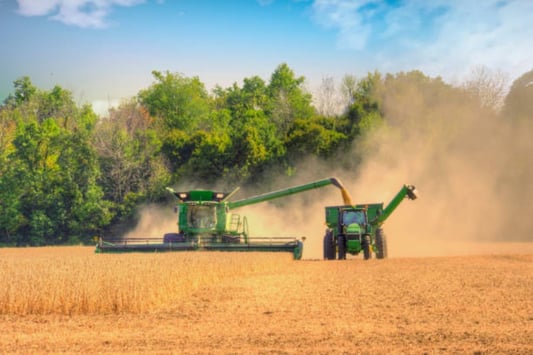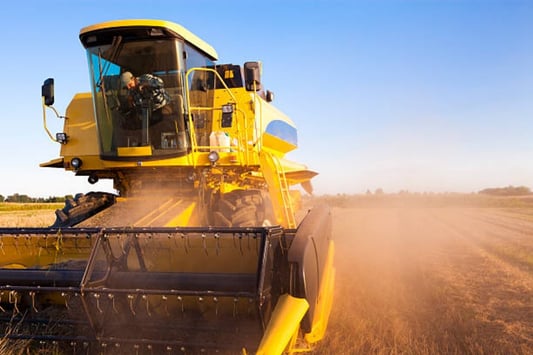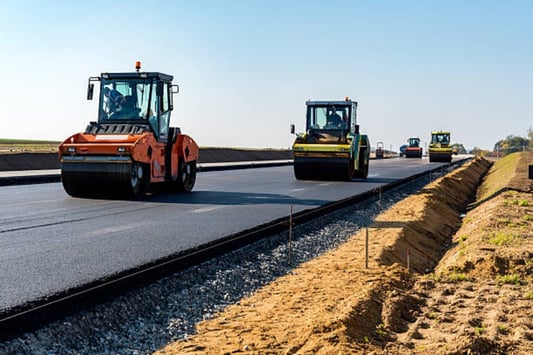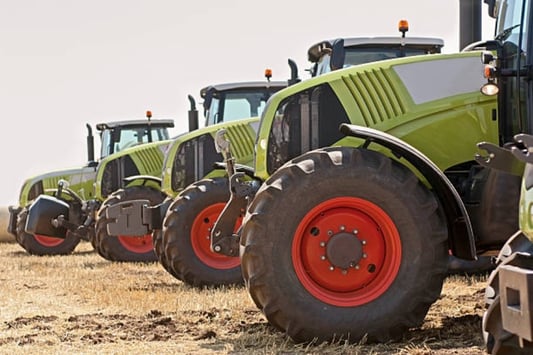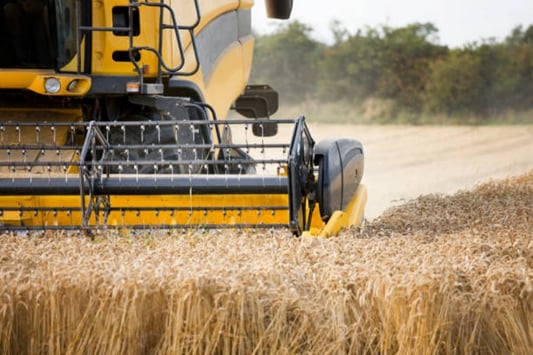What is a tractor drive shaft yoke?A tractor drive shaft yoke is a crucial component of a tractor's drivetrain. It connects the tractor's engine to the transmission and helps transmit power generated by the engine to the wheels. It is an essential part of the driveline system and is designed to withstand the high levels of torque and vibration generated by the engine.The Function of a Tractor Drive Shaft YokeThe primary function of a tractor drive shaft yoke is to transfer rotational power from the tractor's engine to the transmission, where it is then converted into forward or backward motion. The yoke is responsible for transmitting power smoothly and efficiently, without any loss of energy, and must be capable of handling varying loads and speeds.Types of Tractor Drive Shaft YokesThere are two main types of tractor drive shaft yokes: universal joint yokes and slip yokes. Universal joint yokes use two or more universal joints to transmit power and allow for the yoke to flex and bend slightly without breaking or damaging the driveline. Slip yokes, on the other hand, protrude from the transmission and provide a slip joint that allows for slight movement of the driveline without causing any damage to the transmission or other components.The Importance of a Tractor Drive Shaft YokeA tractor drive shaft yoke is a crucial component of the tractor's drivetrain and is responsible for transmitting power from the engine to the wheels. Without a properly functioning yoke, the tractor would be unable to move and operate efficiently. It is also important to ensure that the yoke is maintained and replaced regularly to prevent any accidents or breakdowns caused by a faulty yoke.Signs of a Faulty Tractor Drive Shaft YokeSome signs of a faulty tractor drive shaft yoke include vibrations coming from the driveline, clunking or knocking noises while driving, and difficulty shifting gears. Other signs may include a decrease in power or acceleration, a decrease in fuel efficiency, or visible damage on the yoke itself.Preventing Damage to a Tractor Drive Shaft YokeTo prevent damage to a tractor drive shaft yoke, it is important to ensure that the yoke is properly lubricated and maintained. Regular inspections should also be carried out to identify any signs of wear or damage to the yoke, which can be addressed before they cause further problems. It is also important to operate the tractor within its recommended load and speed limits.Replacing a Tractor Drive Shaft YokeIf a tractor drive shaft yoke needs to be replaced, it is important to ensure that a high-quality replacement yoke is used. This will ensure that the tractor's driveline operates smoothly and efficiently, without any loss of power or damage to other components. It is also important to have the replacement yoke installed by an experienced technician to ensure that it is aligned and torqued correctly.Common Problems Associated with Tractor Drive Shaft YokesSome common problems associated with tractor drive shaft yokes include worn or damaged universal joints, misalignment, and incorrect o-ring installation. These problems can cause vibrations, loss of power, and other issues that can affect the tractor's performance and efficiency. Regular maintenance and inspections can help prevent these problems from occurring.ConclusionA tractor drive shaft yoke is a crucial component of the tractor's drivetrain and is responsible for transmitting power from the engine to the wheels. It is important to ensure that the yoke is properly maintained and replaced when necessary to prevent any accidents or breakdowns caused by a faulty yoke. By taking care of the yoke and other driveline components, the tractor can continue to operate efficiently and effectively for years to come.Quote InquiryContact Us


